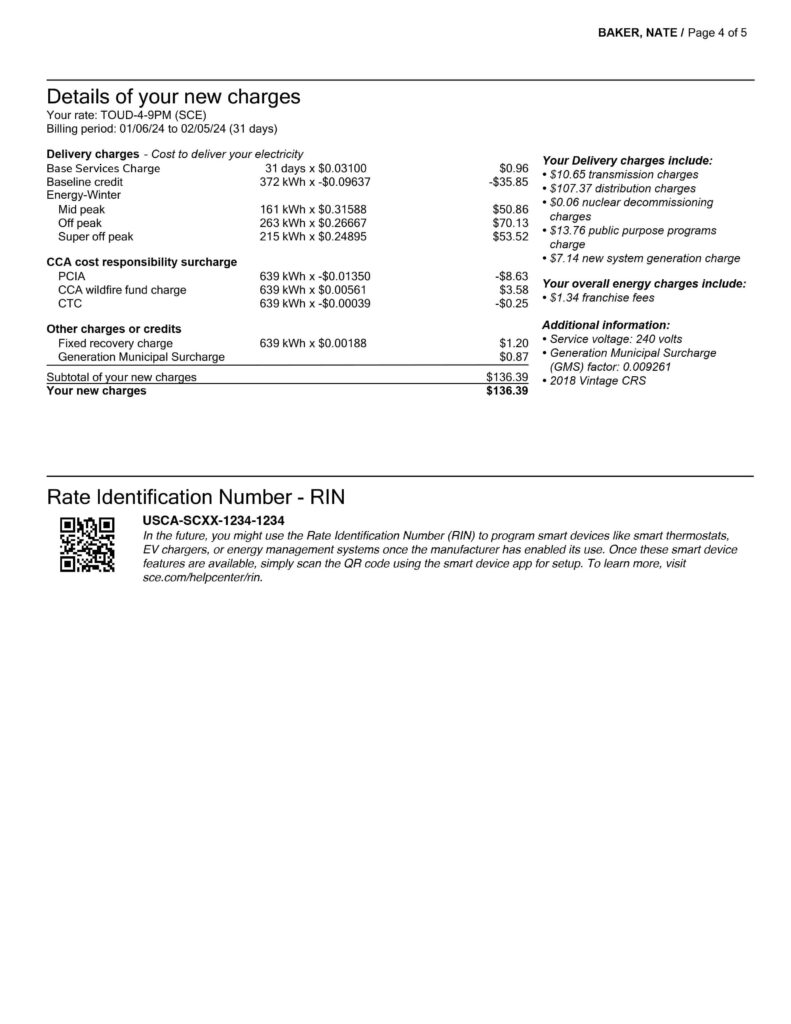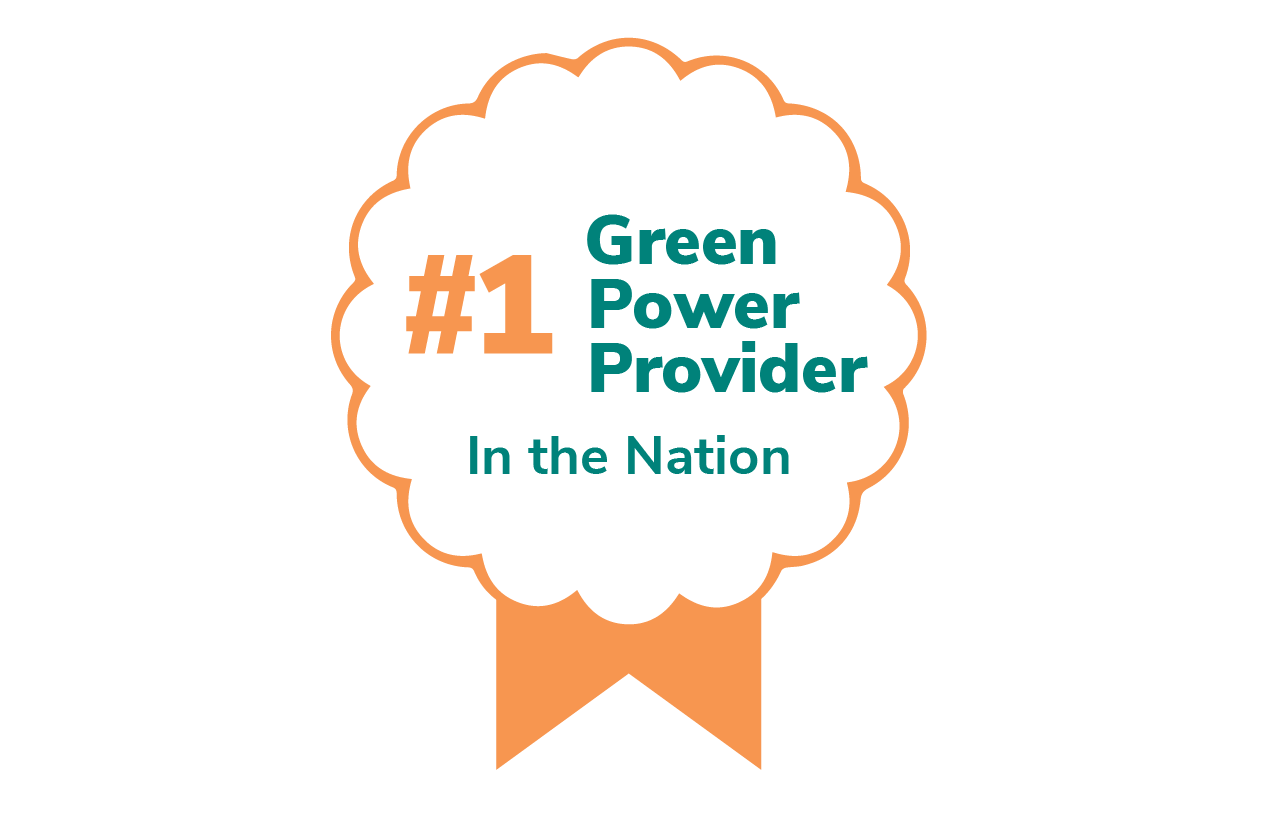


Clean Power Alliance (CPA) knows that utility bills can be confusing. We are here to help make things easier.
Your electricity bill consists of charges from both CPA and Southern California Edison (SCE) as well as state required charges and taxes.
CPA charges on your bill are for the clean energy that we purchase on behalf of our customers — this is called a generation charge.
Your monthly electric bill is sent to you by Southern California Edison (SCE). CPA does not own or operate the infrastructure that delivers electricity to you.
All customers pay the same delivery charges to SCE no matter who supplies your energy.
This sample bill is representative of a residential customer on the domestic time of use rate and does not reflect specific customer data or all customer rate options. If you have questions about your rates, please contact CPA customer service for assistance.



Download and Print
Understanding Your Bill Factsheet.
Descargue la hoja informativa aquí.
下载并打印中文版本的资料表。
